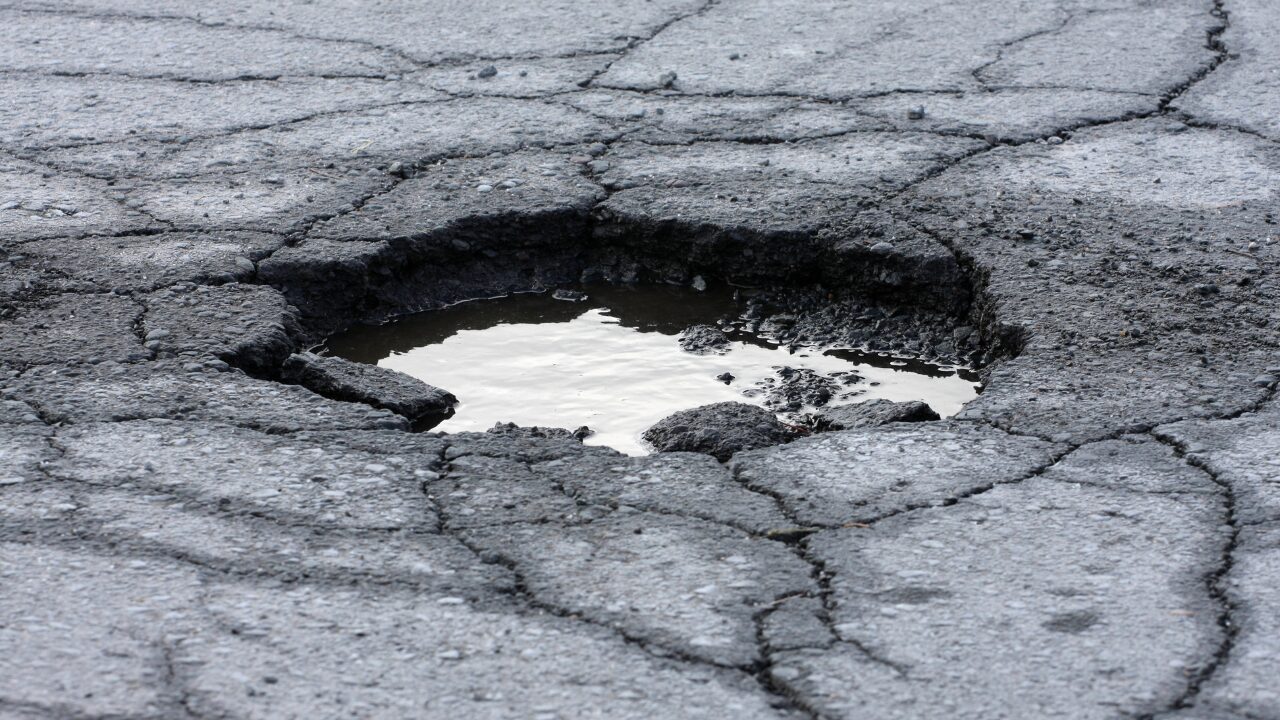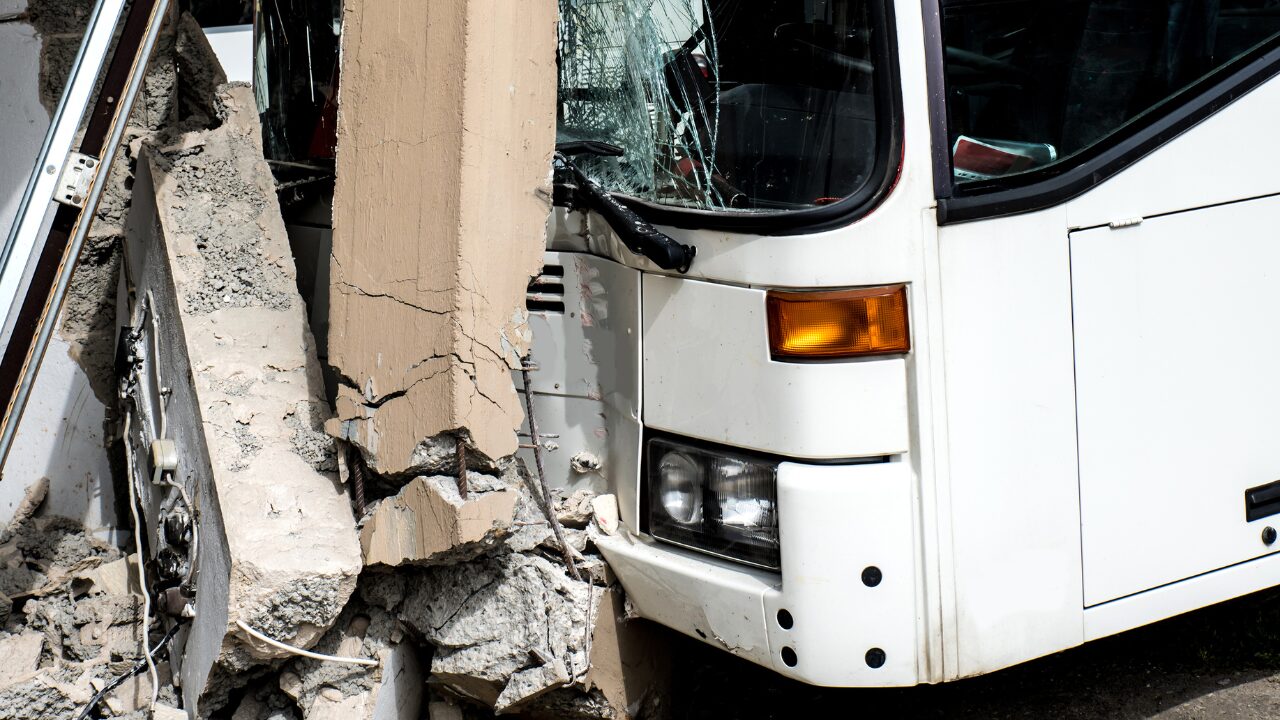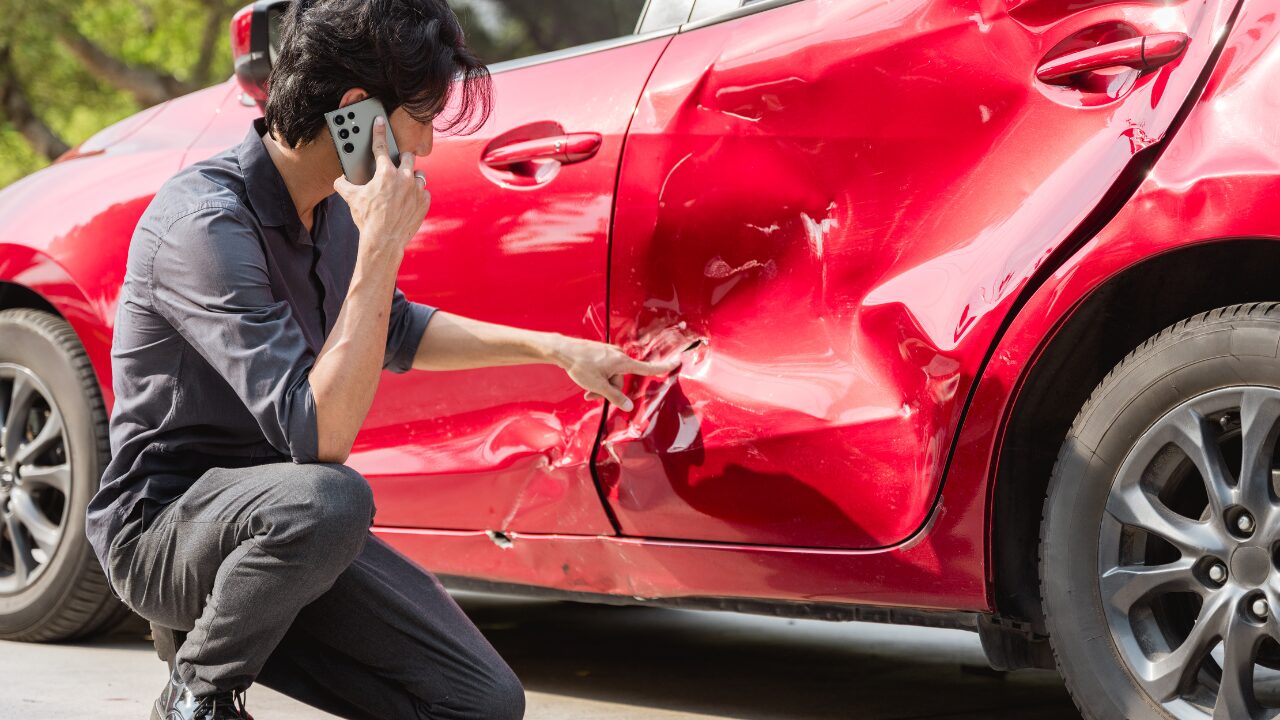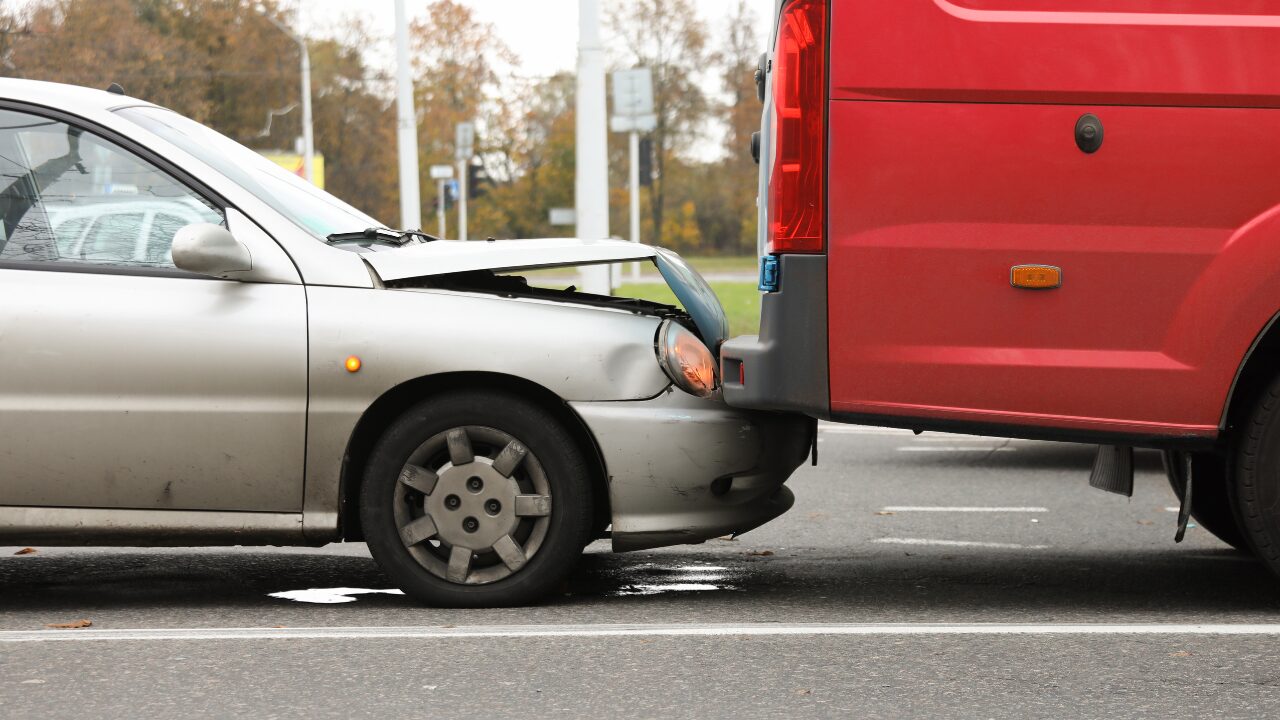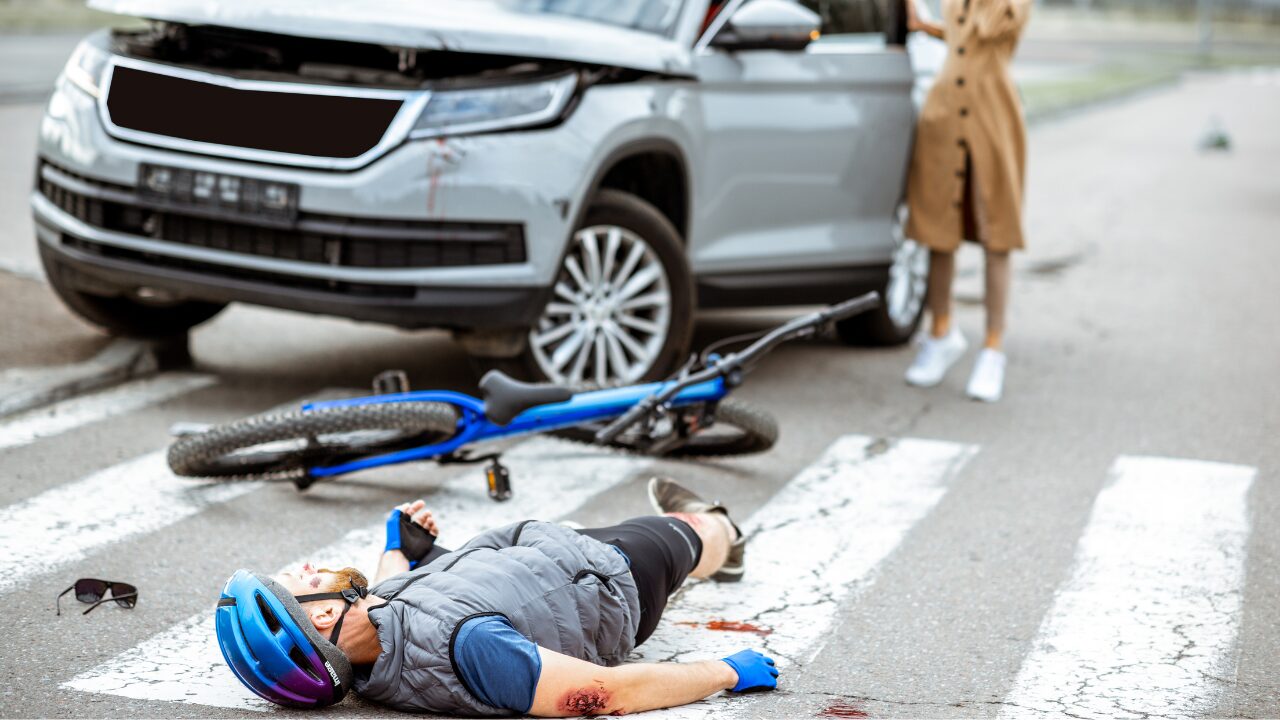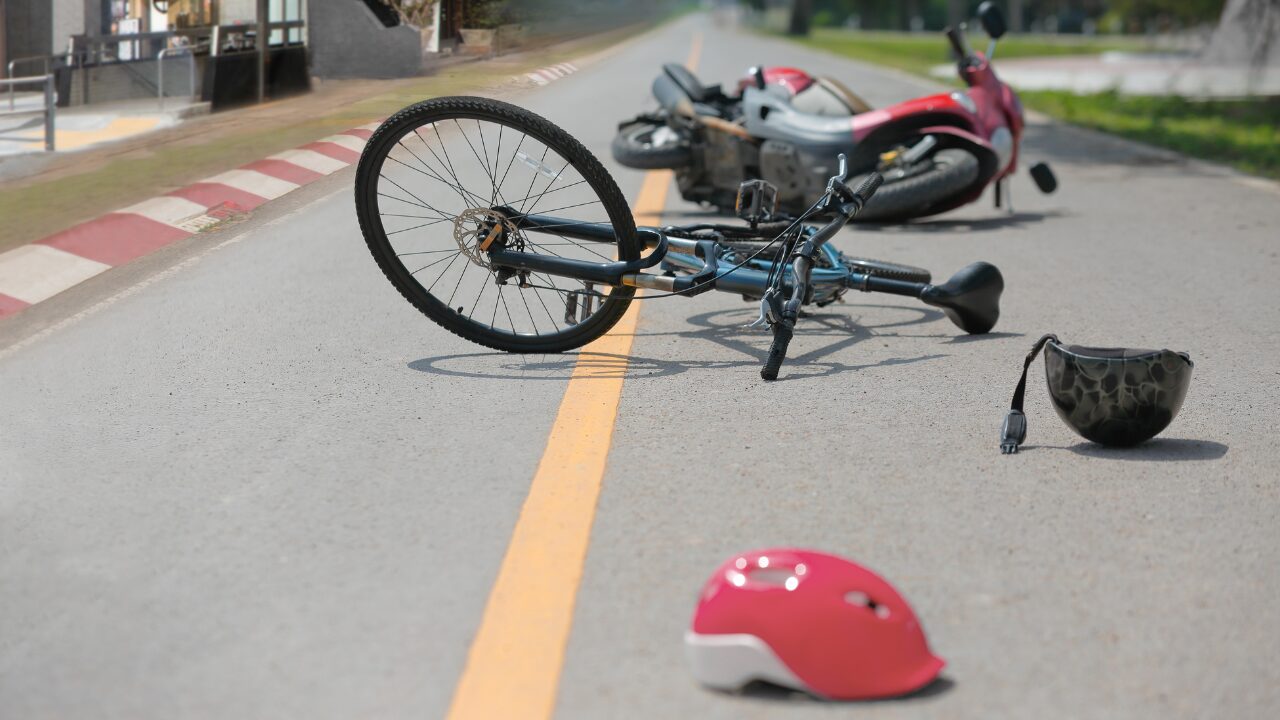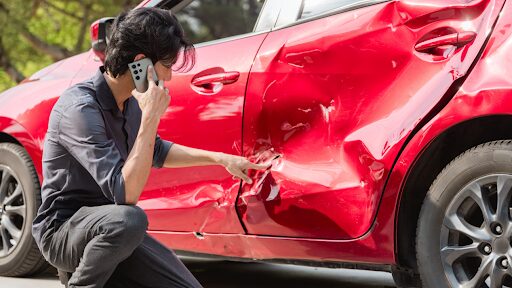Head-on collision car accidents are among the most dangerous and devastating crashes on the road. When two vehicles collide front-to-front, the combined force of impact can result in catastrophic injuries or even death. If you or a loved one has been injured in a head-on collision, understanding your rights and legal options is crucial to recovering the compensation you deserve.
At Prince & Associates, PLLC, we have decades of experience representing victims of serious car accidents, including head-on collisions. These cases require immediate attention, thorough investigation, and aggressive advocacy to hold negligent drivers accountable. Call (888) 844-9406 or email contactus@princelawassociates.com today for a free consultation.
What Is a Head-On Collision?
A head-on collision occurs when the front ends of two vehicles traveling in opposite directions strike each other. Unlike rear-end or side-impact crashes, head-on collisions involve the full force of both vehicles’ momentum, often resulting in severe damage and life-threatening injuries.
These accidents typically happen on two-lane roads, highways, or when a driver crosses the center line or median into oncoming traffic. The National Highway Traffic Safety Administration (NHTSA) reports that head-on collisions account for a disproportionate number of fatal crashes, despite being less common than other accident types.
The physics of a head-on collision are simple but deadly. When two cars traveling at 50 miles per hour collide head-on, the impact force is equivalent to hitting a solid wall at 100 miles per hour. This explains why these crashes so often result in catastrophic harm.
Common Causes of Head-On Collisions
Understanding how head-on collisions happen is essential to proving negligence and liability in a personal injury claim. Most head-on crashes result from driver error or reckless behavior.
Distracted driving is one of the leading causes. When a driver takes their eyes off the road to text, adjust the radio, or reach for an object, they can easily drift into oncoming traffic. Even a few seconds of inattention can be fatal.
Impaired driving due to alcohol or drugs significantly increases the risk of head-on collisions. Intoxicated drivers often lose control, misjudge distances, or make dangerous decisions like passing illegally.
Wrong-way driving occurs when a driver enters a highway exit ramp, drives the wrong direction on a one-way street, or crosses into the opposing lane. This is especially common at night or in poorly marked areas.
Drowsy driving impairs reaction time and judgment similar to alcohol. Fatigued drivers may fall asleep at the wheel or drift across the centerline without realizing it.
Unsafe passing maneuvers on two-lane roads are another major factor. When a driver attempts to pass another vehicle without sufficient visibility or distance, they risk colliding with oncoming traffic.
Speeding and reckless driving reduce a driver’s ability to maintain control and stay in their lane. Aggressive drivers who weave through traffic or ignore road conditions create dangerous situations for everyone.
Injuries Commonly Sustained in Head-On Collisions
The severity of injuries in head-on collision accidents cannot be overstated. Victims often face life-altering consequences that require extensive medical treatment and long-term care.
Traumatic brain injuries (TBI) are common when the head strikes the steering wheel, dashboard, or window. Even with airbags, the violent force can cause concussions, skull fractures, or permanent cognitive impairment.
Spinal cord injuries can result in partial or complete paralysis. The impact of a head-on crash can compress, fracture, or sever the spinal cord, leading to permanent disability.
Broken bones and fractures frequently occur in the arms, legs, ribs, and pelvis. The force of impact can cause multiple fractures that require surgery, pins, or plates to repair.
Internal organ damage is a serious risk in high-speed head-on collisions. The liver, spleen, kidneys, and lungs can be bruised, lacerated, or ruptured, leading to internal bleeding and organ failure.
Chest and abdominal injuries often result from contact with the steering wheel or seatbelt. While seatbelts save lives, they can also cause bruising, broken ribs, or soft tissue damage.
Facial injuries and scarring occur when the face hits the airbag, windshield, or dashboard. These injuries may require reconstructive surgery and can leave permanent disfigurement.
Psychological trauma is also common after a head-on collision. Victims may experience post-traumatic stress disorder (PTSD), anxiety, depression, or fear of driving.
If you’ve suffered any of these injuries in a head-on collision, contact Prince & Associates, PLLC at (888) 844-9406 or email contactus@princelawassociates.com to discuss your case with an experienced personal injury attorney.
Determining Fault and Liability in Head-On Collisions
Proving liability is critical to recovering compensation after a head-on collision. In most cases, the driver who crossed the centerline or traveled in the wrong direction is at fault.
Police reports provide crucial evidence. Officers document the accident scene, interview witnesses, and often issue citations to the at-fault driver. This report serves as an official record of what happened.
Witness testimony can corroborate your version of events. Independent witnesses who saw the crash can provide unbiased accounts that support your claim.
Physical evidence from the accident scene helps reconstruct the collision. Skid marks, vehicle damage, debris patterns, and road conditions all tell a story about how the crash occurred.
Traffic camera footage or dashcam video can provide definitive proof of fault. If available, this evidence can eliminate disputes about which driver caused the accident.
Expert accident reconstruction may be necessary in complex cases. These specialists analyze all available evidence to determine vehicle speeds, points of impact, and driver actions leading up to the crash.
Driver records and history can reveal patterns of negligence. A history of DUIs, traffic violations, or prior accidents may support claims of reckless or dangerous driving.
In some cases, multiple parties may share liability. If a defective vehicle part contributed to the crash, the manufacturer might be liable. If poor road design or maintenance played a role, a government entity could be responsible.
Steps to Take After a Head-On Collision
The actions you take immediately following a head-on collision can significantly impact your health and your legal claim. Here’s what you should do:
Seek immediate medical attention, even if you feel fine. Some serious injuries don’t produce immediate symptoms. A medical evaluation creates documentation linking your injuries to the accident.
Call law enforcement to report the crash. An official police report is essential evidence for insurance claims and lawsuits.
Document the accident scene if you’re physically able. Take photos of vehicle damage, road conditions, traffic signs, and visible injuries. Collect contact information from witnesses.
Avoid admitting fault or apologizing at the scene. Anything you say can be used against you later. Stick to the facts when speaking with police.
Notify your insurance company about the accident, but be cautious about giving recorded statements before consulting an attorney. Insurance adjusters may try to minimize your claim.
Preserve all evidence related to the crash. Keep copies of medical records, bills, police reports, and any correspondence with insurance companies.
Consult a personal injury attorney as soon as possible. An experienced lawyer can protect your rights, handle communications with insurance companies, and build a strong case for maximum compensation.
Compensation Available for Head-On Collision Victims
Victims of head-on collisions may be entitled to substantial compensation for their losses. The types of damages available depend on the circumstances of your case.
Medical expenses include emergency room visits, hospital stays, surgeries, medications, physical therapy, and future medical care. These costs can quickly reach hundreds of thousands of dollars in serious cases.
Lost wages compensate you for time missed from work during recovery. If your injuries prevent you from returning to your previous job, you may also recover lost earning capacity.
Pain and suffering addresses the physical pain, emotional distress, and diminished quality of life resulting from your injuries. These non-economic damages can be significant in catastrophic injury cases.
Property damage covers the cost of repairing or replacing your vehicle and any personal belongings damaged in the crash.
Permanent disability or disfigurement may warrant additional compensation if your injuries result in long-term impairment or scarring.
Punitive damages may be available if the at-fault driver’s conduct was especially reckless or intentional, such as driving while extremely intoxicated.
The full value of your claim depends on the severity of your injuries, the clarity of liability, and the strength of the evidence supporting your case.
Common Mistakes to Avoid After a Head-On Collision
Many accident victims inadvertently damage their claims by making these common mistakes:
Delaying medical treatment creates gaps in your medical records that insurance companies exploit. They may argue your injuries weren’t serious or weren’t caused by the accident.
Accepting an early settlement offer often means receiving far less than your claim is worth. Initial offers rarely account for long-term medical needs or ongoing disability.
Posting on social media can provide ammunition for the defense. Photos and statements can be taken out of context and used to question the severity of your injuries.
Failing to follow medical advice gives insurance companies reason to claim you contributed to your own harm by not taking recovery seriously.
Trying to handle the claim yourself puts you at a disadvantage against experienced insurance adjusters and defense attorneys who know how to minimize payouts.
Why You Need an Experienced Personal Injury Attorney
Head-on collision cases involve complex liability issues, serious injuries, and high-stakes negotiations with insurance companies. Having skilled legal representation levels the playing field.
An attorney will investigate the accident thoroughly, identify all liable parties, calculate the full value of your claim, and negotiate aggressively for fair compensation. If the insurance company refuses to offer a reasonable settlement, your lawyer can take the case to trial.
Prince & Associates, PLLC has successfully represented countless victims of serious car accidents. We understand the physical, emotional, and financial toll these crashes take on victims and their families. Our firm works on a contingency fee basis, meaning you pay nothing unless we recover compensation for you.
Contact Prince & Associates, PLLC Today
If you or someone you love has been injured in a head-on collision, time is critical. Evidence can disappear, witnesses’ memories fade, and legal deadlines approach quickly. Don’t wait to protect your rights.
Call (888) 844-9406 or email contactus@princelawassociates.com for a free, no-obligation consultation. Our experienced personal injury attorneys will review your case, explain your legal options, and fight to secure the maximum compensation you deserve. Let us handle the legal complexities while you focus on healing.
Frequently Asked Questions
Q: How long do I have to file a lawsuit after a head-on collision?
A: The statute of limitations varies by jurisdiction but typically ranges from one to three years from the date of the accident. It’s important to consult an attorney promptly to ensure you don’t miss critical deadlines.
Q: What if the other driver doesn’t have insurance?
A: You may be able to recover compensation through your own uninsured motorist coverage. An attorney can help you explore all available options for recovery.
Q: Can I still recover compensation if I was partially at fault?
A: Many jurisdictions follow comparative negligence rules, which allow you to recover damages even if you share some fault. Your compensation may be reduced by your percentage of responsibility.
Q: How much is my head-on collision case worth?
A: Case value depends on many factors including injury severity, medical costs, lost income, and degree of fault. An experienced attorney can provide a realistic assessment after reviewing your specific circumstances.
